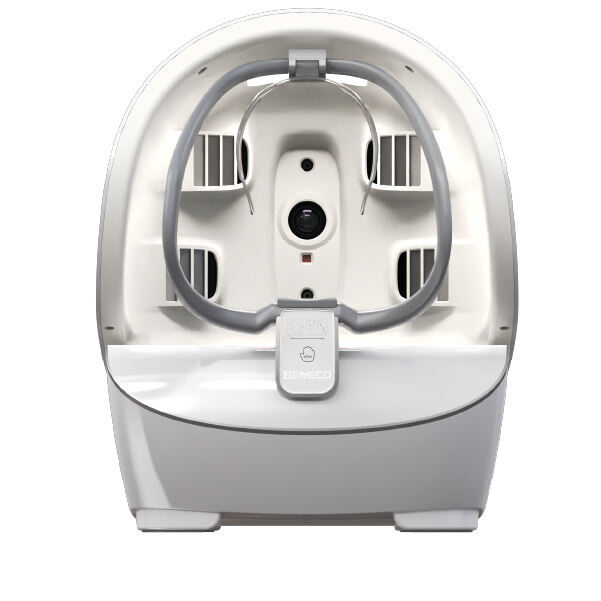
Among the key questions for both dermatologists and practitioners of cosmetic medicine is when is the right time to use a Skin Analyzer in practice? This is a real tool that enhances skin diagnosis and management, and so there is something special about knowing when to begin using it, especially for those practicing dermatology and cosmetic surgery looking for the best patient care and treatment results.
Body:
Growing Service Range via the Use of Skin Analyser
Integrating the skin analyzer into the practice can be well timed when the practice management has an intention to expand practice by introducing additional services. For instance, when the dermatology clinic targets more effective procedural completion for removing freckles, a skin analyzer can assist with extensive mapping of melanin. This allows deeper characterization of the freckles including their depth and the rest of the factors such as density. With the Skin Analyzer from MEICET/ISEMECO, specialists are in a position to prepare better treatment approaches enhancing the outcomes which ultimately results in increased number of patients who seek intricate management of pigmentation disorders.
Meeting Patient Needs through Skin Analyzer
With better understanding of the system and what is at stake, patients now seek a more individualized approach to their treatment plan. In terms of sensitive - skin restoration, patients expect correct diagnoses and individualized therapy. It is possible to assess barrier function and hydration levels of the skin with great accuracy using the Skin Analyzer. This enables the creation of personalized treatment plans, which take into consideration the individual patient’s needs. The starting point of this approach is the Skin Analyzer, where patient satisfaction and demand are imperative for the practice’s success.
Keeping Pace with Changes in the Dermatology Sphere through Skin Analyzer
One of the most important aspects of life is to learn promising trends and innovations in one’s profession. In case there are novel techniques for wrinkle treatment or facial volumetric filler, the Skin Analyzer becomes very handy. Accurate measurements of the elasticity of the skin and the amount of collagen in it are crucial information for the development of the plan of treatment. The use of a Skin Analyzer at such a stage prevents the professionals from losing their competitiveness, as it allows them to provide the best services.
Conclusion:
The most appropriate moment to utilize a Skin Analyzer, most notably a MEICET/ISEMECO model, is when practices are broadening their scope of services, responding to patients' needs or adopting new technologies. There are precious advantages provided by the Skin Analyzer, be it for aged skin, removal of faces’ mole, face skin lesion correction or micro plastics of the face. It helps dermatologists as well as plastic surgeons to make precise diagnosis, tailor make treatment and manage the patients better thus redeeming its costs in the operational strategies of any practice.
 EN
EN
 AR
AR
 BG
BG
 HR
HR
 CS
CS
 DA
DA
 NL
NL
 FI
FI
 FR
FR
 DE
DE
 EL
EL
 HI
HI
 IT
IT
 JA
JA
 KO
KO
 NO
NO
 PL
PL
 PT
PT
 RO
RO
 RU
RU
 ES
ES
 SV
SV
 TL
TL
 IW
IW
 ID
ID
 SR
SR
 SK
SK
 SL
SL
 UK
UK
 VI
VI
 SQ
SQ
 HU
HU
 TH
TH
 TR
TR
 FA
FA
 AF
AF
 MS
MS
 UR
UR
 BN
BN
 LA
LA

